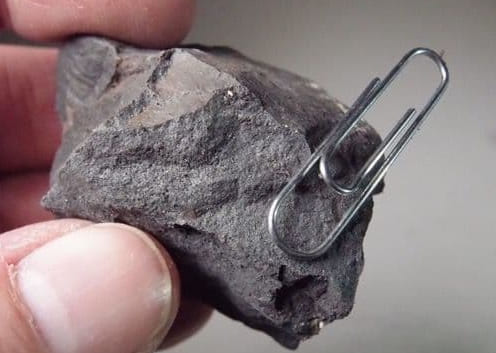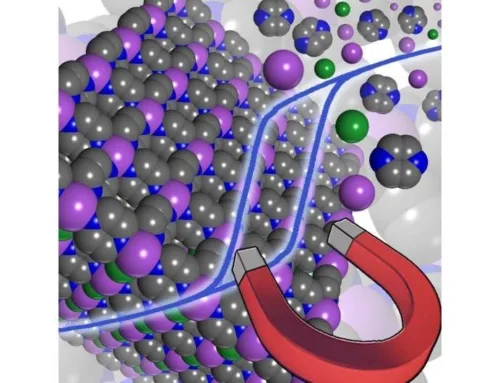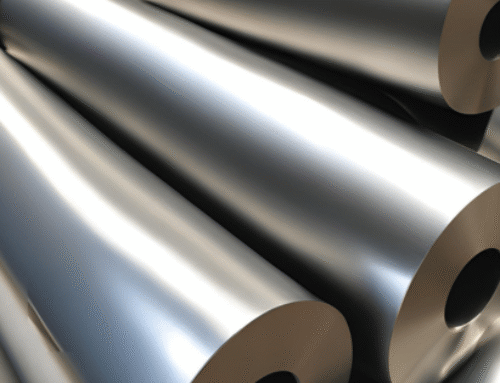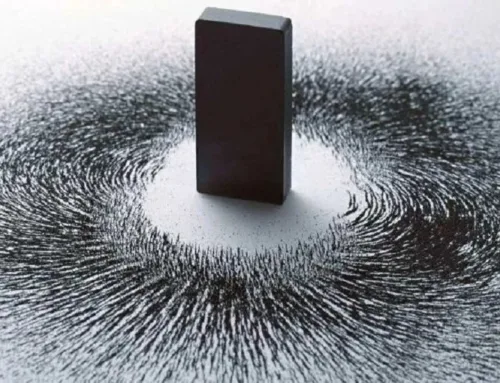A Quick Guide to Magnets
Magnets are everywhere—from fridge doors to wind turbines—but what are they really made of, and why do some metals stick while others don’t?
Magnets are made of materials that can produce a magnetic field, usually metals like iron, nickel, or cobalt, or alloys that include these elements. They attract only specific types of metals.

Magnets attracting metal
If you’ve ever wondered why a paperclip clings to a magnet while a gold ring doesn’t, this guide breaks it all down. I’ve worked with magnets for over 15 years, and I’ll show you what makes a metal magnetic and how to identify it easily.
What is a natural magnet made of?
Magnets don’t need to be man-made to exist—some occur naturally. But what makes them special?
Natural magnets are made of magnetite, a type of iron oxide mineral. It occurs naturally and has magnetic properties because of the alignment of its iron atoms.

A natural magnet
What is magnetite, and why is it magnetic?
Magnetite (Fe₃O₄) is the most well-known naturally occurring magnetic material. It forms in igneous and metamorphic rocks and has been used for centuries, even by ancient navigators in the form of lodestones.
Magnetite is magnetic due to its unique crystal structure. It has both Fe²⁺ and Fe³⁺ ions. The unpaired electrons in these iron ions align in a way that creates a spontaneous magnetic field.
Not all iron-containing rocks are magnetic, though. The crystal structure and atomic arrangement are just as important as the elements themselves.
| Material | Magnetic? | Natural? | Notes |
|---|---|---|---|
| Magnetite | Yes | Yes | Naturally magnetic iron oxide |
| Hematite | No | Yes | Contains iron, but not magnetic |
| Iron (metal) | Yes | No | Becomes magnetic when processed |
Understanding natural magnets helps us appreciate how industrial magnets are designed to replicate and enhance these natural properties.
What are the ingredients in a magnet?
Not all magnets are made the same. What goes into a typical industrial magnet?
Most magnets are made from ferromagnetic metals like iron, nickel, and cobalt, or rare earth metals like neodymium or samarium. The choice of materials depends on the magnet’s use.
Comparing common magnet types and materials
There are many types of magnets, each with different “ingredients” or base materials. Below are the most common:
| Magnet Type | Key Materials | Strength | Temperature Resistance | Cost |
|---|---|---|---|---|
| Neodymium (NdFeB) | Neodymium, iron, boron | Very strong | Moderate | High |
| Samarium Cobalt | Samarium, cobalt | Strong | Very high | Very High |
| Alnico | Aluminum, nickel, cobalt | Moderate | High | Medium |
| Ferrite (Ceramic) | Iron oxide, barium/strontium | Low to medium | High | Low |
I’ve worked with all these types. Neodymium magnets are the most widely used due to their power, especially in small sizes. But if your project requires heat resistance—like in automotive or aerospace—Samarium Cobalt might be the better choice.
Each ingredient is carefully selected and processed to align the magnetic domains during manufacturing. Without this step, even iron won’t behave like a magnet.
Conclusion
Understanding what makes magnets magnetic helps you choose the right material for your application, whether it’s a motor, a sensor, or something simple like a fridge magnet.





[…] more detailed info on magnet materials and strength, check out what are magnets made of and how to measure magnet […]
[…] You can also read about materials used across these types here https://nbaem.com/what-are-magnets-made-of/ […]